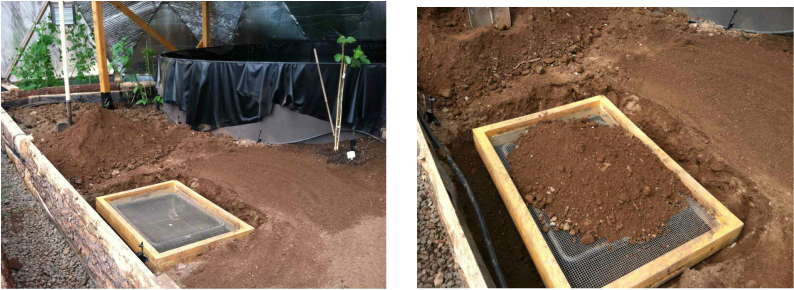
This week's project has been to get our last, big bed ready for planting. The other beds all had wonderful, compost-enriched, garden soil from our local compost authority, Full Circle Compost in Minden, NV. The garden bed by the water tank, however, only has about 10% of this yummy stuff. The rest of it is our native, clay-heavy, rock-ridden soil. With all that clay, it clots up into tight chunks as soon as water hits it. It needed help! It needed to have the big rocks removed and amended generously with organic compost to turn the clay dense soil into more of a loamy soil. Below is a photo progression of how I did it. It is so rewarding. I felt like I was mining for gold as I sifted the native soil through the screen and revealed this fluffy, aerated soil. Loosened and rock-free, the soil was now capable of being mixed with compost which would feed the soil food web and awakened its growing power.





 RSS Feed
RSS Feed
